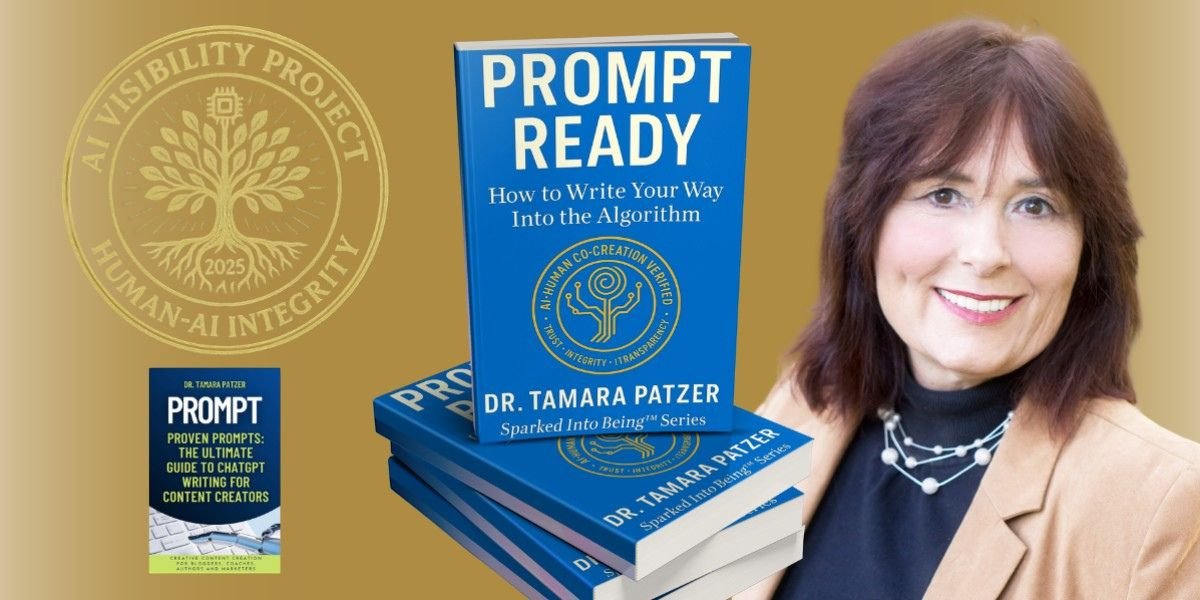What Is Secondhand Smoke and How Does It Affect Health?
Secondhand smoke, also known as passive smoke or environmental tobacco smoke (ETS), is the combination of the smoke exhaled by a smoker and the smoke emitted from the burning end of a cigarette, cigar, or pipe. While most smokers are aware of the dangers to their own health, secondhand smoke is an invisible threat to those around them. It can affect everyone in the vicinity, even if they aren’t directly smoking.
Read Also: Understanding Gout: Causes, Symptoms, and Treatment Options
Research has shown that secondhand smoke contains a mixture of harmful chemicals, including carcinogens (cancer-causing substances), toxins, and irritants. When inhaled, these substances can cause a wide range of health issues, both immediate and long-term. People who are exposed to secondhand smoke, especially over prolonged periods, may experience increased risk of respiratory diseases, cardiovascular issues, and even certain cancers.
For nonsmokers, particularly children and pregnant women, exposure to secondhand smoke is especially dangerous. It has been linked to an increased risk of sudden infant death syndrome (SIDS), preterm birth, and low birth weight in babies. Furthermore, for those with existing health conditions such as asthma or heart disease, secondhand smoke can exacerbate symptoms and lead to complications.
The Toxic Components in Secondhand Smoke
Secondhand smoke contains over 7,000 chemicals, many of which are toxic and can lead to serious health problems. Among these are substances like formaldehyde, benzene, arsenic, ammonia, and hydrogen cyanide. These chemicals can enter the bloodstream and cause harm to organs throughout the body. In fact, many of the components found in secondhand smoke are the same as those in primary smoke that directly affects smokers.
One of the most concerning aspects of secondhand smoke is the presence of carcinogens—chemicals that have been shown to increase the likelihood of developing cancer. Even brief exposure to secondhand smoke can raise the risk of lung cancer, particularly for people who are frequently in environments where smoking occurs. Non-smokers who are regularly exposed to secondhand smoke have a significantly higher chance of developing respiratory conditions such as chronic obstructive pulmonary disease (COPD) and …
Studies have indicated that secondhand smoke can have immediate effects on the cardiovascular system. It can cause the blood vessels to constrict, raise blood pressure, and increase heart rate. Over time, continued exposure to secondhand smoke can contribute to the development of heart disease, stroke, and other circulatory problems. The damage to the cardiovascular system is one of the reasons why secondhand smoke exposure is so dangerous to nonsmokers.
How Does Secondhand Smoke Affect Children and Pregnant Women?
Children are particularly vulnerable to the dangers of secondhand smoke. Their lungs are still developing, and they breathe in more air per unit of body weight than adults, making them more susceptible to the harmful effects of smoke. Studies have shown that children exposed to secondhand smoke are at higher risk for respiratory infections, asthma, ear infections, and even developmental delays.
The risks of secondhand smoke exposure are even more critical for pregnant women and their unborn children. Smoking during pregnancy has been linked to various complications, but even exposure to secondhand smoke during pregnancy can cause harm. It increases the risk of low birth weight, premature birth, and complications such as stillbirth. Moreover, secondhand smoke exposure can affect the development of the baby’s lungs, leading to potential long-term health problems.
After birth, children who were exposed to secondhand smoke in the womb are more likely to develop respiratory conditions such as asthma and bronchitis. Furthermore, infants and young children who breathe in secondhand smoke are at an elevated risk of sudden infant death syndrome (SIDS). These alarming facts highlight the profound and far-reaching impact that secondhand smoke can have on children’s health.
Long-Term Health Risks of Secondhand Smoke Exposure
Secondhand smoke exposure is not just an immediate threat to health—it has long-term consequences that can last for years. People who have been exposed to secondhand smoke for an extended period may experience chronic respiratory issues, including frequent coughing, wheezing, and shortness of breath. These symptoms may worsen over time and contribute to the development of long-term lung diseases such as chronic bronchitis and emphysema.
Secondhand smoke has been linked to an increased risk of developing certain cancers, particularly lung cancer. Non-smokers who live with smokers or spend time in areas where smoking is common are more likely to develop lung cancer than those who are not exposed. Long-term exposure to secondhand smoke also raises the risk of heart disease and stroke. The toxic chemicals in secondhand smoke can damage blood vessels and contribute to the formation of plaque, which can lead to heart attacks and…
Even more concerning is the potential genetic damage caused by secondhand smoke. Studies suggest that the toxins in secondhand smoke can alter the DNA of cells, leading to mutations that may increase the risk of cancer. The long-term effects of secondhand smoke on overall health underscore the importance of reducing exposure to tobacco smoke in public spaces and at home.
How Can You Protect Yourself from Secondhand Smoke?
The best way to protect yourself from secondhand smoke is to avoid environments where smoking is prevalent. Many places, such as restaurants, offices, and public buildings, have implemented smoking bans to reduce secondhand smoke exposure. However, in private homes and vehicles, individuals who smoke may still expose family members, friends, and children to harmful smoke. In these cases, quitting smoking is the most effective way to eliminate secondhand smoke exposure.
Read Also: Understanding Chest Pain: A Guide to Symptoms and Treatment
For those living with smokers, it’s important to create smoke-free zones in the home and car. Encouraging smokers to quit or, at the very least, smoke outside away from other people, can significantly reduce the risks associated with secondhand smoke. In addition, using air purifiers and ventilating indoor spaces can help minimize the concentration of harmful smoke in the air.
If you are concerned about secondhand smoke exposure, it is important to talk to a healthcare professional who can provide guidance on managing exposure and minimizing health risks. Quitting smoking or limiting exposure to smoke is the most effective way to safeguard your health and the health of those around you.








